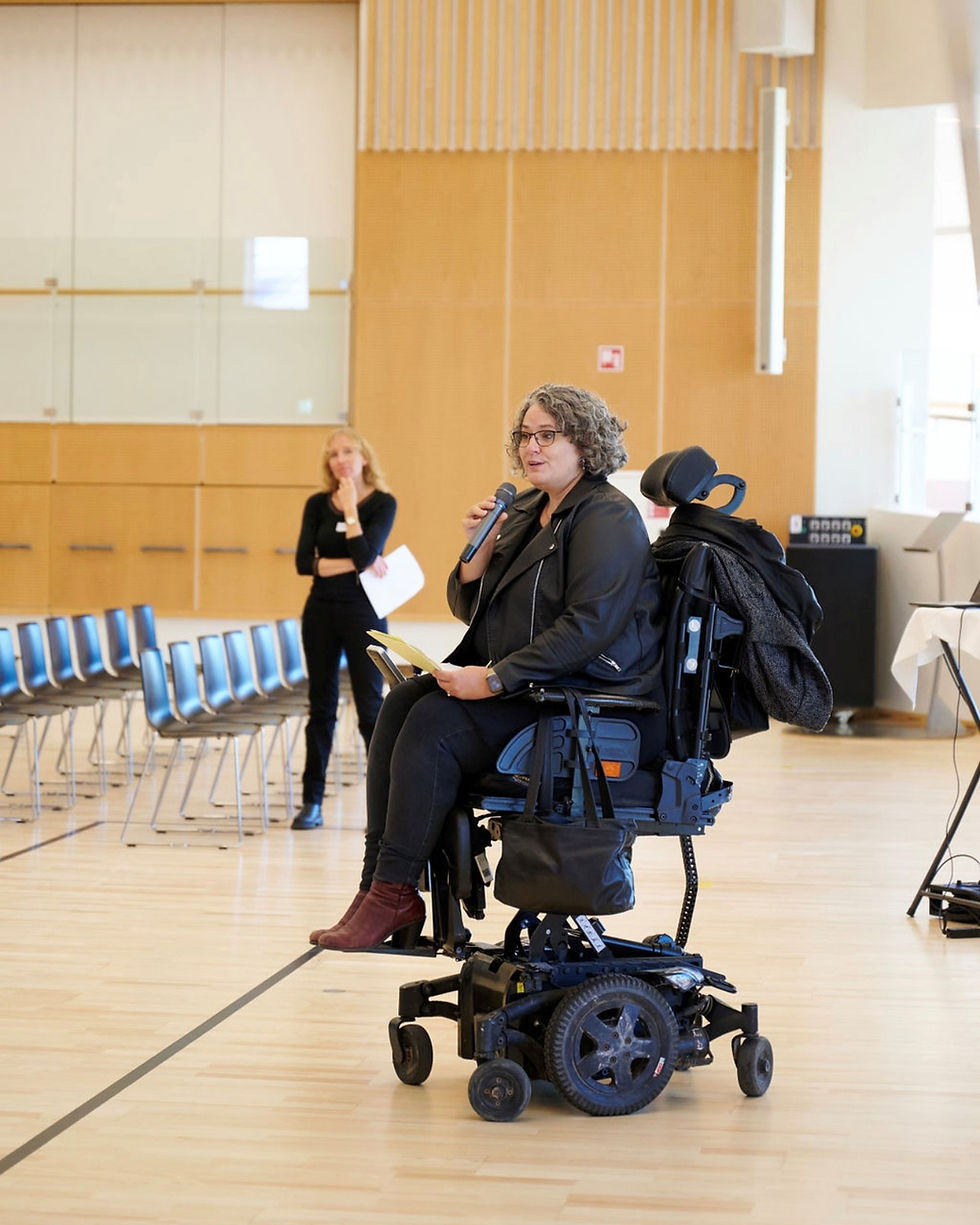Stand up and be counted
- The International
- Nov 3, 2021
- 3 min read

Part 3: Local and Regional Elections
Photographs: iStock
Text: Narcis George Matache
In the two earlier editions of The International, I have presented the local and the regional councils. In about two weeks from now, you will be able to go and use your right to vote to obtain representation. The system has given us the tools (power to vote and candidate) to influence the mechanisms (the local and regional governments) that hold rights over our daily lives. We, as non-Danes, face many problems in Denmark which could be solved at a local and regional level through coordinated action and active involvement.
There are 98 local councils and five regional councils in Denmark. Therefore, one would expect at least one international candidate for each council. Unfortunately, out of the 20,000 (on average) candidates (all over Denmark), less than 20 are internationals. Moreover, 10% of the Danish population is non-Danish (without citizenship), yet only 0.1% of the candidates are non-Danish. Fair representation. Not so much.
The situation has been worse in the previous electoral rounds (2013 and 2017). In 2013, there were zero international candidates. In 2017, I ran for a regional council and three others for local councils. My main reason to run back then was to break the ice and convince others to participate in local and regional politics. Today, we have almost 20 candidates.
I have spent an unimaginable amount of my free time talking to hundreds of non-Danes about getting politically involved. It was hard. There is little trust in the idea of “politics”, and knowledge about it is scarce. The idea to expose yourself publicly and gather the community around you can scare people as it feels like a monumental task. Being the first to do it in your community requires nerves of steel. So please, if you can, give a helping hand to the ones that made a step forward. Even a good word can do wonders.
"As a local patriot with a global mindset it’s important for me that the international community is involved in the election and that we as a municipality focus on this community. That’s why I want to establish a public international school in Aalborg." - Lasse Frimand Jensen, candidate for Aalborg City Council
Who can vote?
European Union, Norway and Iceland citizens (from the moment you receive a yellow card).
People from outside European Union that arrived before 16 November 2017.
People from the United Kingdom that arrived before 31 January 2020.
When, where and how can you vote?
The voting day is on 16 November 2021. In your mailbox (4 days earlier), you will receive an election card (valgkort) that will indicate where your voting section is. If you don’t receive an election card, go with your yellow card to the nearest school, and there you will receive an election card. You vote by putting an “x” on the side of the candidate that you support. You can only put one “x” on each voting list (local and regional) (basically, you have 2 “x”).
If you don’t have time to vote on 16 November 2021, you can vote earlier. In the time between 5 October and 12 November 2021, you can go with your yellow card to the closest “bibliotek” or “borgerservice” and vote there. The voting procedure is a bit different as you need to write the name of the candidate. You will receive two envelopes (a blue one for the local council and a yellow one for the regional council). You can write one name inside each envelope.










